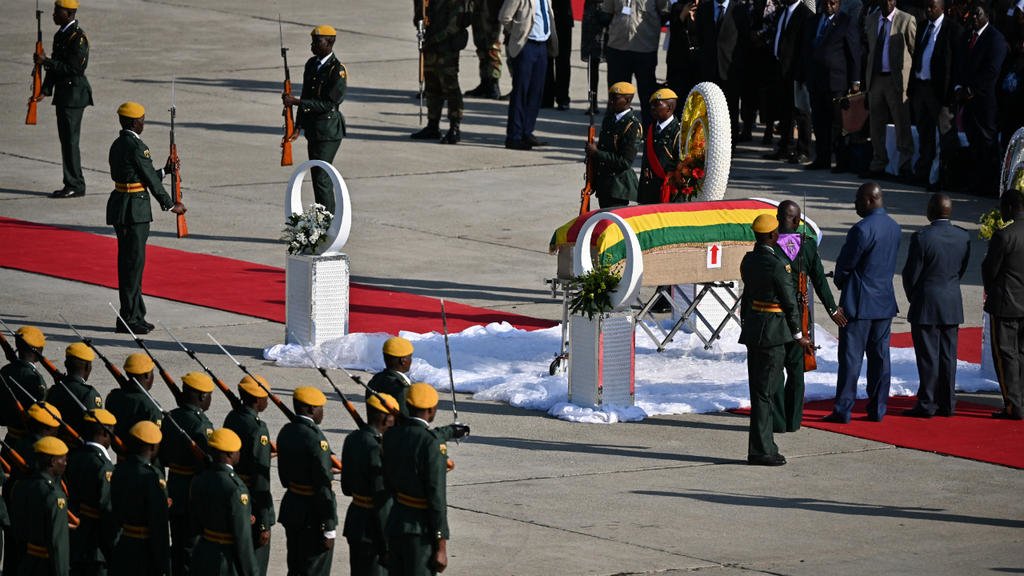If donor government funding for HIV continues to fall, nearly two decades of progress against the disease will be in jeopardy, according to new research presented at the 22nd International AIDS Conference (AIDS 2018) today.
Using newly available data, a study from researchers at the Institute for Health Metrics and Evaluation and the Harvard T.H. Chan School of Public Health showed that cuts to development assistance for HIV could do serious harm in hard-hit countries, which continue to rely greatly on this aid.
“If donors falter in their support for HIV, the consequences could be devastating,” Linda-Gail Bekker, President of the International AIDS Society and International Chair of AIDS 2018, said. “Smart investments are curbing the spread of HIV and saving both money and lives. Now is not the time to stall or pull back.”
A report issued last week by the Kaiser Family Foundation and UNAIDS found that eight of 14 donor governments reduced their spending on global HIV efforts in 2017. Overall, donor government funding for HIV increased from 2016 to 2017, following two years of declines. However, this increase was largely due to a shift in timing of US support, and is not expected to last.
Today’s press briefing, chaired by Jennifer Kates of Kaiser Family Foundation, highlighted the results of three new studies.
Declines in development assistance for HIV threaten global progress
To date, there has been limited data on whether the downward trend in development assistance for HIV threatens global progress against the disease.
To address this and other research questions, a study presented by Annie Haakenstad of the Harvard T.H. Chan School of Public Health estimated HIV expenditures by source and function in 188 countries from 2000 to 2015. The results showed that of the $48 billion spent on HIV in 2015, about 62% came from domestic spending by governments and about 30% came from development assistance. In countries with high HIV prevalence, however, nearly 80% of spending came from development assistance.
The study concluded that development assistance remains a major portion of spending on critical HIV prevention and treatment programmes, especially in the hardest-hit countries. The study team urged high-prevalence countries that rely on international aid to plan strategically to ensure that declines in external financing do not threaten progress towards an AIDS-free generation. [Summary based on submitted abstract; updated data may be presented on site.]
Abstract: The end of the golden age of HIV/AIDS funding? Trends in HIV/AIDS spending by financing source and spending category in 188 countries, 2000-2015
Session: Poster exhibition (Tuesday, 24 July, 10:00)
Domestic HIV spending has increased in low- and middle-income countries
A study presented by Deepak Mattur of UNAIDS provided new insight on trends in domestic HIV spending, based on an analysis of data from 112 low- and middle-income countries.
The study found that, overall, domestic public spending on HIV in these countries increased by 60% from 2006 to 2016. In low-income countries, it increased from $121 million to $256 million; in lower-middle income countries, from $231 million to $980 million; and in upper-middle income countries, from $2.4 billion to about $6.9 billion.
Almost all regions increased their domestic HIV resources. For example, in the Asia Pacific region, resources increased by 132%, and in Eastern and Southern Africa, resources increased by 57%. The lowest increase, 33%, was in Eastern Europe and Central Asia. The study also found that domestic public spending on HIV has a significant positive relationship with the GDP per capita of a country, coverage of antiretroviral therapy, and HIV prevalence.
The study concluded that sustained increases in domestic public spending will be critical for ending AIDS as a global public health threat by 2030.
Abstract: Determinants and aggregate estimates of HIV domestic public spending in low-and-middle-income countries, 2006-2016
Session: Poster exhibition (Tuesday, 24 July, 10:00)
HIV resources are generally well targeted for cost-effectiveness, but can be optimized
A study presented by John Stover of Avenir Health in Glastonbury, US, investigated how well the current allocation of resources for HIV is optimized for cost effectiveness in 55 low- and middle-income countries that account for about 90% of all new infections.
The study found that cost effectiveness varies widely across countries and interventions. Antiretroviral treatment dominates cost per death and disability adjusted life years averted, and also ranks high in cost effectiveness for infections averted.
The most cost-effective prevention interventions were generally voluntary medical male circumcision, prevention of mother-to-child HIV transmission, outreach to sex workers and condom promotion. These programmes currently receive about 14% of direct intervention funding, which is about two-thirds of the need. The most cost-effective programmes are in East and Southern Africa, where HIV incidence is high and costs are generally low.
The authors concluded that resources for HIV prevention and treatment are generally targeted appropriately, but more focused allocation of resources could improve cost effectiveness by about a quarter. Resource allocations should be continually assessed because cost effectiveness can change significantly as HIV incidence patterns change. [Summary based on submitted abstract; updated data may be presented on site.]
Abstract: Global optimization of the response to HIV
Session: Money, money, money: Dynamic financing solutions (G102-103; Wednesday, 25 July, 11:00-12:30)
Maureen Milanga, Senior Campaigner, East Africa, HealthGap and Baroness Barker, Liberal Democrat Member of the House of Lords and Vice-Chair of the All Party Parliamentary Group on HIV/AIDS also commented on global funding trends.


